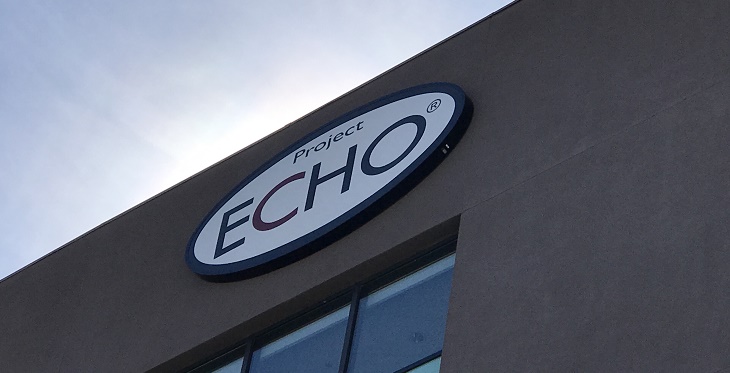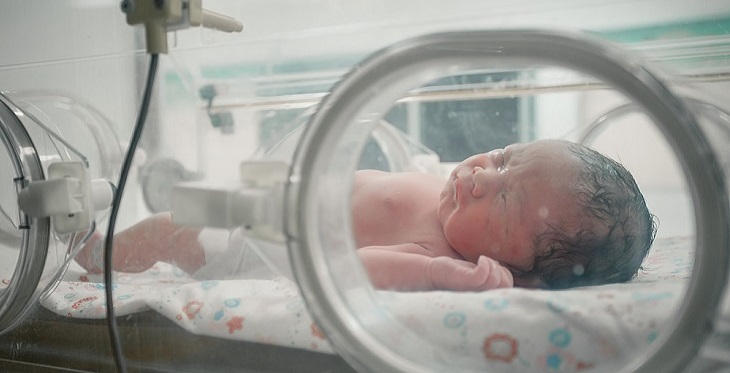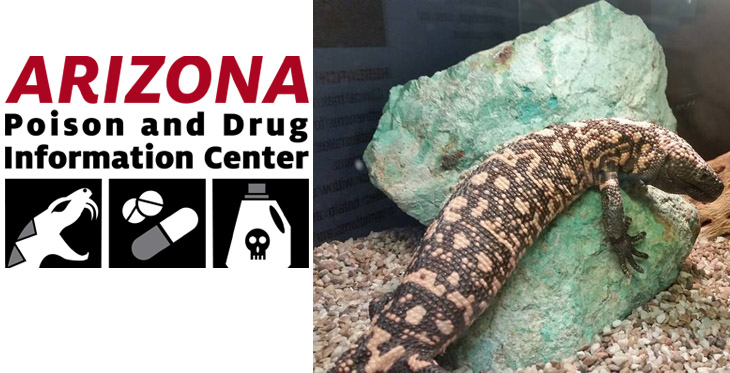The problem
If you need to see a rheumatologist, chances are you’re going to have to wait—especially if you’re in a rural area. According to a 2013 study by the American College of Rheumatology Committee on Rheumatology Training and Workforce Issues, rheumatologists are in very short supply in the United States—and as the population ages, they are becoming even more in demand.
In addition to treating the more than 50 million Americans with arthritis, rheumatologists treat other diseases, like lupus, fibromyalgia, rheumatoid arthritis, gout and scleroderma. These specialists not only have completed four years of medical school and a three-year residency, but also have undergone an additional two to three years of training in a rheumatology fellowship.
So how do we in Arizona address this workforce issue without making patients travel long distances to be seen, often after waiting months for an appointment?




